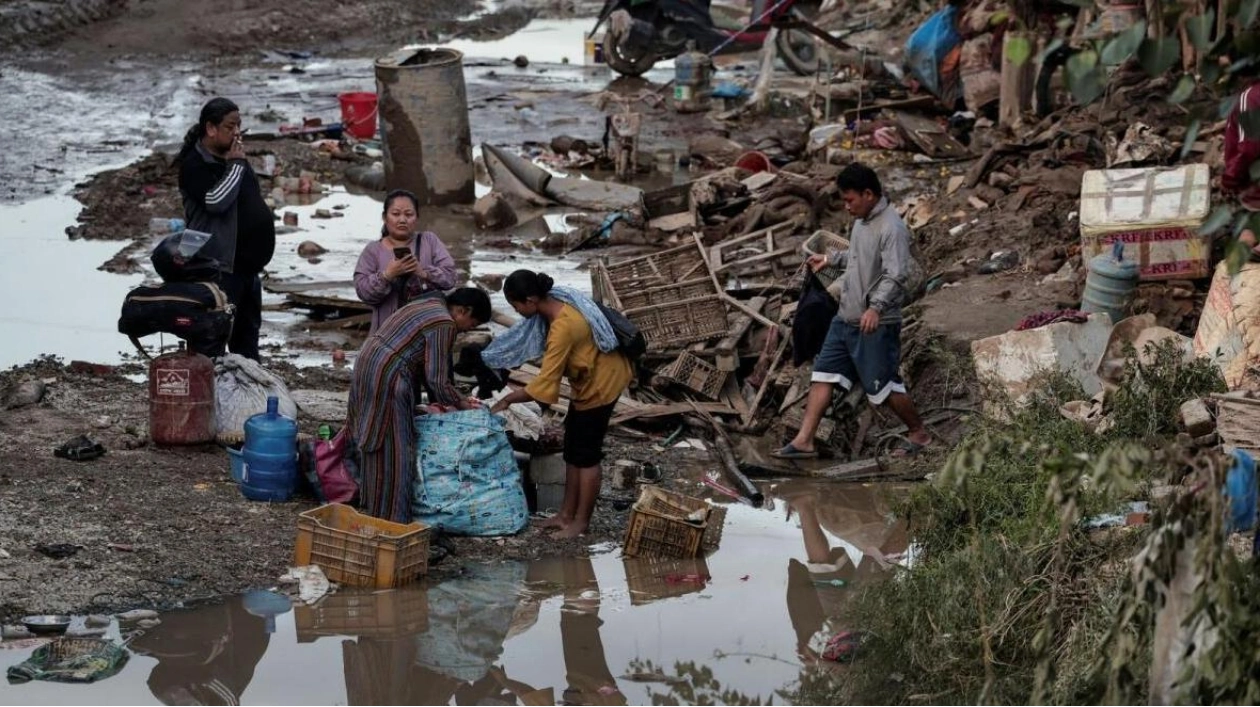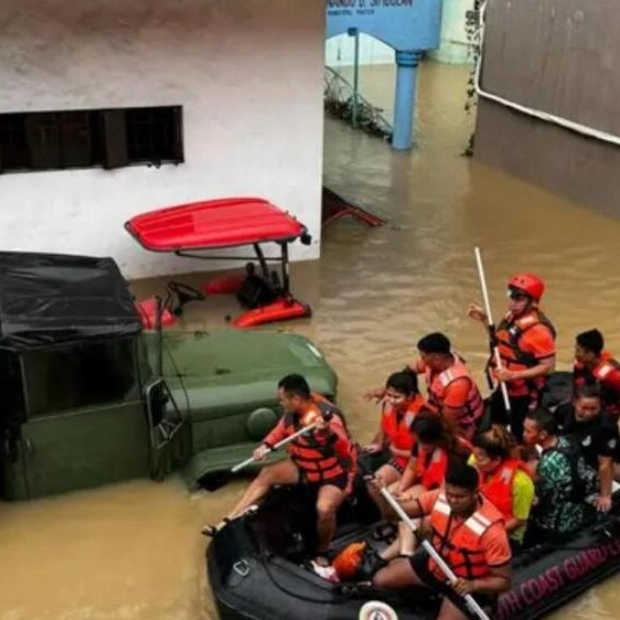Nepal commenced its efforts on Monday to address the devastation caused by fatal floods and landslides, which were instigated by heavy rainfall. Residents were confronted with the arduous task of cleaning their homes and retrieving their damaged possessions from the mud.
At least 192 individuals perished, and 32 remained unaccounted for, following two days of relentless rains attributed to a low-pressure system in the Bay of Bengal and regions in India adjacent to Nepal. In the northern sectors of Bangladesh, separated from Nepal by a narrow stretch of Indian territory, over 100,000 people were stranded due to heavy rains and the influx of water from upstream, according to officials.
The hill-encircled Kathmandu Valley, home to four million people and the capital, witnessed 56 fatalities and experienced one of its most severe destructions in recent years. Rivers overflowed their banks, flooding homes, hospitals, roads, bridges, and markets.
Prithvi Subba Gurung, a senior minister and cabinet spokesperson, stated that the government was evaluating the extent of the damage and the cost of reconstruction. Some weather stations in Kathmandu recorded the highest 24-hour rainfall in decades, officials noted.
Surya Raj Acharya, an infrastructure and urban planning expert, highlighted that haphazard construction and urbanization in Kathmandu, without proper engineering and planning, contributed to the extensive damage. 'River banks are encroached upon for house construction, disregarding basic engineering and planning, without provisions for drainage and sewage systems,' he said. 'There is no adequate outlet for river water during the rainy season, causing floodwater to enter homes,' Acharya added.
Nepal's geography, terrain, river systems, monsoon patterns, and the potential for extreme climate events must be considered in such planning, Acharya emphasized. Climate scientists agreed with his perspective.
'Climate change significantly exacerbated the disaster, compounded by poor urban planning and infrastructure,' said Arun Bhakta Shrestha, a climate and environmental risks expert at the Kathmandu-based International Centre for Integrated Mountain Development (ICIMOD).
In Bangladesh, extensive areas in five northern districts were submerged following the abrupt swelling of the Teesta River, which surpassed its danger mark at multiple points, according to district officials. The rising waters have ravaged large swathes of farmland, washing away crops such as paddy and vegetables, along with fish farms, leaving many farmers facing substantial losses. Homes, roads, and critical infrastructure have also been inundated, compelling people to seek higher ground for safety.
The situation could deteriorate in the coming days, with the Bangladesh weather office forecasting more rain.






